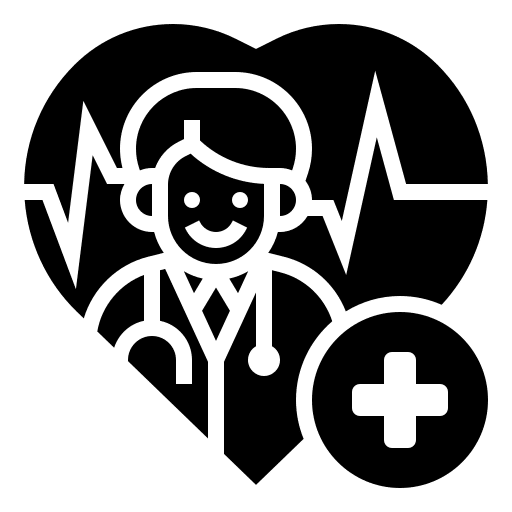
Non-Alcoholic Steatohepatitis (NASH): The Serious Side of Fatty Liver Disease

The liver is the largest organ in the body which functions in multiple aspects- it is metabolically very active, produces many enzymes and salts that are needed for digestion to occur properly and is the major centre for drugs to get metabolised. About 5% of the liver by weight is made of fat, but when the amount of lipid or fat deposition is greater than 10%, it can cause fatty liver disease. This condition was assumed to affect alcoholic individuals, and while this is true to some extent, not everyone who drinks suffers from fatty liver disease. More research has shown that fatty liver disease can also occur due to metabolic dysfunction which is why it is termed non alcoholic steatohepatitis (NASH). The incidence of NASH is increasing with every passing year in the Indian subcontinent, as most of us lead sedentary lives, eat junk food for convenience and don’t get enough physical activity.
What is NASH?
Though most individuals don’t have symptoms with more than 5% fat in the liver, some of them may have chronic inflammation due to some form of metabolic dysfunction- this is when it is no longer non-alcoholic FLD, but called NASH. This is the seemingly subtle difference between NAFLD and NASH. The liver has amazing regenerative capabilities, but this is finite and high levels of chronic inflammation can cause long term damage, which cannot be repaired naturally. The formation of scar tissue or fibrosis can cause lasting liver damage.
Causes Of Non-Alcoholic Steatohepatitis
Though the exact reason for why some people suffer from NASH, while others don’t is not known, researchers think that it can be due to a combination of factors like genes, poor lifestyle, the immune system not working well, high amounts of stress in the liver causing many cells to die and suffering from chronic conditions like diabetes, hypercholesterolemia or being prediabetic and having hormonal fluxes, respectively.
Symptoms of Fatty Liver Disease
NASH is predominantly symptomless, so there is not a lot of hope for an early diagnosis and timely treatment. Most begin to show symptoms only after the liver has begun to fibrose. The condition takes years to develop into NASH, if someone has NAFLD before. But, once fibrosis is present, the following symptoms may be observed
- Extreme itching and abdominal swelling
- You may be jaundiced
- You may notice spider like blood vessels in the abdomen
- In extreme cases, mood and behavioural changes can also be seen.
Diagnosis of NASH (liver biopsy, blood tests)
A physical exam is done to check if there is any liver enlargement. Liver function tests are used to check for enzyme levels. Imaging is done to ascertain the extent of fibrosis. A liver biopsy is used to confirm NASH- with presence of both fat deposits and inflammation in the tissue sample taken.
Treatment for NASH
Changes in lifestyle- like eating a liver friendly diet, losing excess weight, getting more exercise and managing stress levels can greatly help in the long run. New therapies are being explored and drugs like saroglitazar, pioglitazone or Vitamin E to reduce oxidative stress are already in use. Statins may also be prescribed to reduce cholesterol and other lipids in the blood.
Conclusion
Preventing progression of fatty liver disease depends on a few crucial factors- like losing weight, eating properly and getting enough physical activity, at a moderate rate on a regular basis. With the burgeoning numbers of individuals who suffer from metabolic disorders, it does not paint a very rosy picture for the decades ahead. While NAFLD is pretty reversible, once extensive fibrosis has been detected in the liver, there is no going back. Cirrhosis and severe liver damage can translate to a poor quality of life in the long term. For very severe cases, liver transplants may be necessary. Talking to an experienced hepatologist about your condition and expectations can help decide how you can be treated. They can also help you stay disease free for as long as possible.






